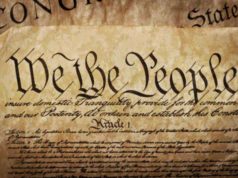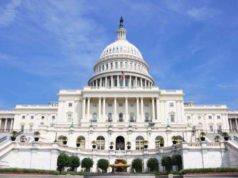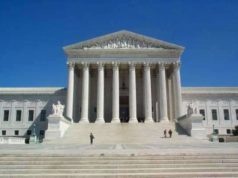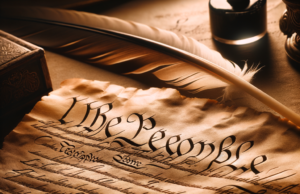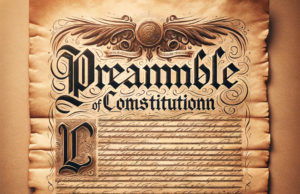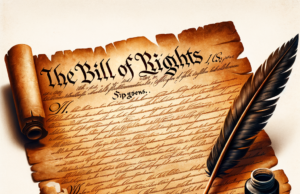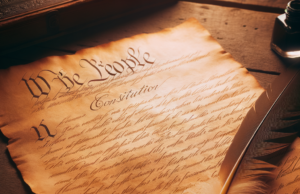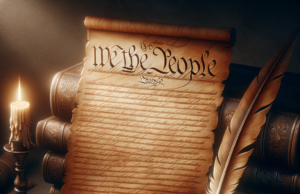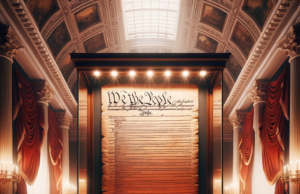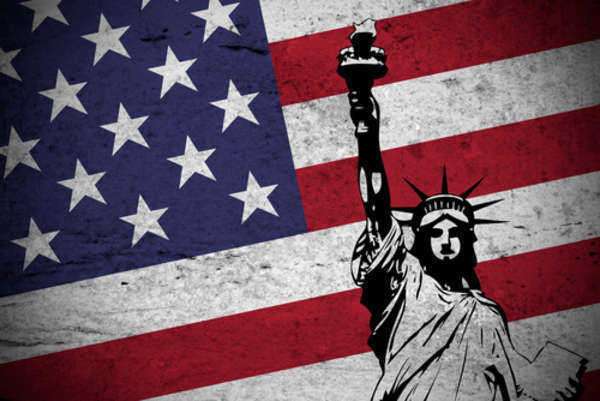
The legal history of America is a rich and complex tapestry that reflects the growth and development of the nation from its earliest days to the present. The United States has a unique legal system that draws upon a range of sources, including English common law, federal and state statutes, and the rulings of state and federal courts.
The roots of American law can be traced back to the colonial period when the newly established British colonies on the eastern seaboard adopted the laws and legal traditions of England. However, the American colonies soon developed their own legal systems, incorporating local customs and practices into the common law.
The Revolutionary War marked a turning point in the legal history of America, as the newly formed states began to adopt their own constitutions and legal codes. The adoption of the US Constitution in 1787 created a federal system of government, which granted specific powers to the federal government and reserved others to the states.
Over the years, the interpretation and application of the Constitution have been the subject of numerous court cases and legal battles. The role of the Supreme Court as the final arbiter of the meaning and scope of the Constitution has been a pivotal one in American legal history, with landmark rulings such as Brown v. Board of Education (which struck down racial segregation in public schools) and Roe v. Wade (which established a woman’s right to abortion).
The legal history of America has also been shaped by the struggle for civil rights and social justice. Throughout the 19th and early 20th centuries, African Americans, women, and other minority groups fought for legal recognition of their rights and freedoms. The Civil Rights Act of 1964 and the Voting Rights Act of 1965 marked significant milestones in the ongoing struggle for equality and justice in America.
Today, the legal system of the United States remains a dynamic and evolving entity, constantly responding to shifting social, economic, and political realities. With the rise of new technologies and changing social mores, the role of American law in shaping the direction of the nation will continue to be of critical importance in the years to come.
In conclusion, the legal history of America is a complex and multifaceted tapestry, reflecting the growth and development of the nation from its earliest days to the present. From the adoption of English common law in the colonial period to the landmark court cases and legal battles of the civil rights era, the legal system of the United States has played a critical role in shaping the direction of the nation and ensuring the protection of individual rights and freedoms.
American history and legal history go well together because the establishment of the current government of America is based on the changes and adaptation of legal status throughout American history.
When the United States was first formed, it was governed under a unicameral system of government, known as the Articles of the Confederation. Under this, America was run by one specific body known as the Congress of the Confederation.
This particular governing body served to govern issues regarding foreign concerns but had no real power over the states as a whole. Any laws or implementations that the Congress of the Confederation wanted to install did not have to be adhered to. However, the legal history of the United States took a turn when James Madison suggested a bicameral governing system for the United States.
This system, in American history, is known simply as Congress. Congress is made up of two bodies: the House of Representatives and the Senate. Their respective duties and criteria are outlined by the articles of the Constitution. The main purpose of these bodies was to distribute power and to help bring more than one governing body when it comes to issues regarding the legal history and the status of the United States.
Once Congress was installed, the sovereignty of the states was diminished and they were unified under a government establishment. This is where the powers of the legislative and judicial branches were also reconsidered and redistributed. Throughout legal history, Congress has helped to pass a number of Acts to secure rights for individuals and states, as well as Amendments that changed the way in which the Constitution functioned.



